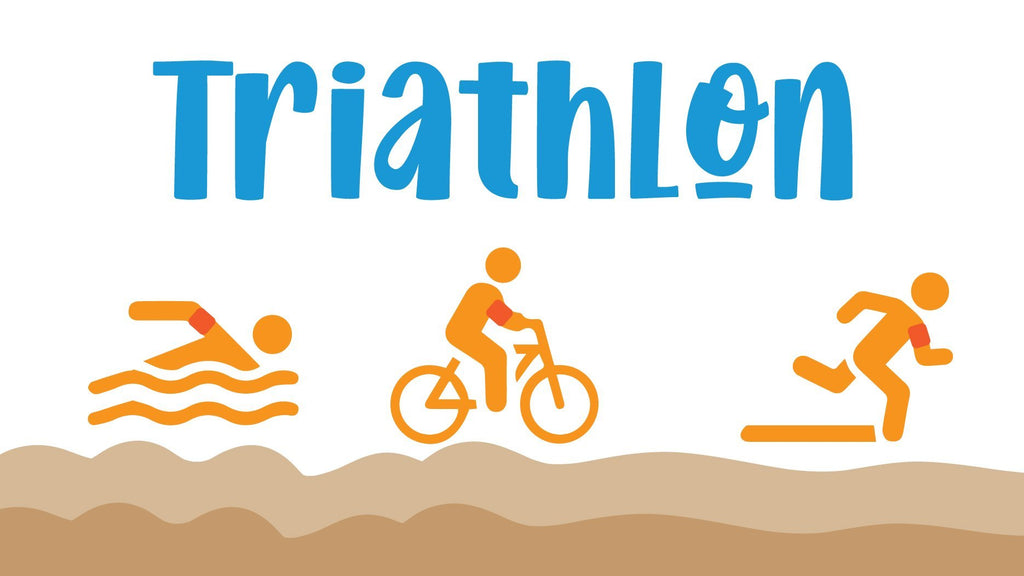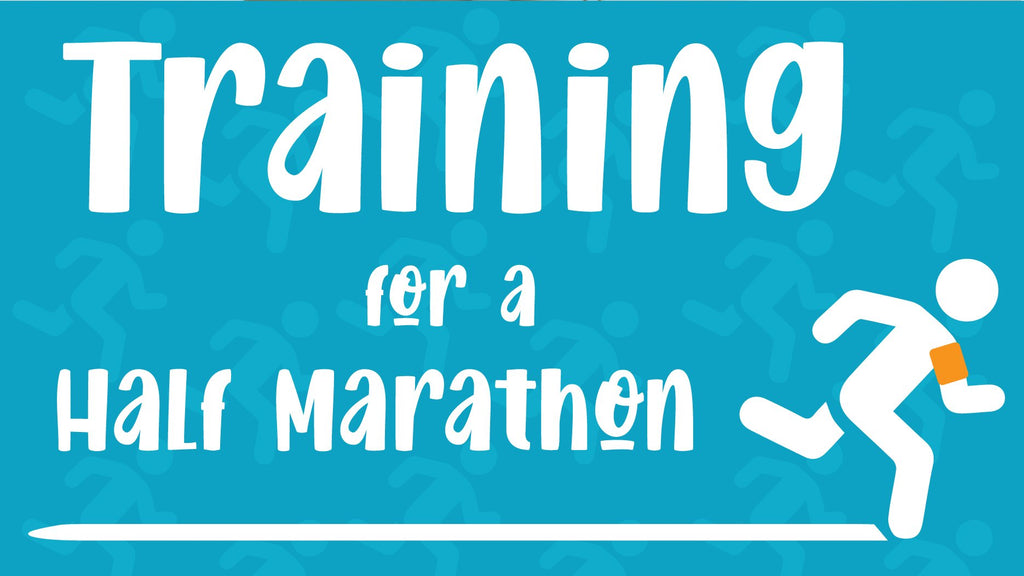Mastered the 5K? Now it’s time to double it! If you’re looking for a great way to kick up your running regimen, add some kilometers to the log, or inch your way closer and closer to an ultimate goal of a full marathon, then go ahead and commit to tackling the 10K first. Whether you’re a 5K expert or are brand-new to running, training to run a 10K race can be quite attainable and endlessly rewarding.
What Is a 10K Race?
A 10K race is a race where participants run a consecutive 10 kilometers (6.2 miles) in a single effort. Often, beginners start out with a 5K or 10K race as a goal to get them to be able to push themselves further for potentially longer races (like marathons) in the future. But there are plenty of runners out there who stick with a 10K race length because they prefer it! Running three to six miles is a milestone feat, so why not celebrate with an official race and earn yourself the official title of "competitor"?
For casual runners, a 10K race should take somewhere between 50 and 70 minutes. That’s around 8 to 12 minutes per mile. But if you’re new to running, don’t worry too much about how to run a fast 10K race. Your goal should be to build up your stamina and endurance before you advance to focusing on speed.
Why Run a 10K Race?
The 10K race is a great middle-ground for those who have already conquered a 5K run and are inching their way up to a half marathon (13.1 miles or 21 kilometers) or a full marathon (26.2 miles or 42.1 kilometers). Or for those who want to reach the appropriate edge of their stamina without committing to hours of non-stop running! Unlike marathons, 10K runs don’t require as much training time. A couple of months of training should set you up for race-day success. This means you can approach training with a more casual attitude yet reap a ton of the rewards of advancing your skill, time, and technique as a runner.

The Best Way to Run a 10K Race
For brand-new beginners who are starting their 10K journey from scratch, consider following our 10K training plan for beginners. This plan takes two to three months and involves running three or four times a week with strength training two days a week. Don’t forget to invest in a high-quality running armband to make your training sessions way more enjoyable!
- Run Three or Four Times a Week — Our plan requires logging three to four runs per week, with each run focusing on different goals that will help you soar through your first 10K with ease. Hitting varied paces, varied terrains, and varied goals can help ensure that you’re ready for anything the 10K route throws your way.
- Weekly Run 1: Technique — Once a week, take a slower, easier run where you think less about timing, distance, and speed and more about technique. Focus on your breathing, posture, and which playlists help push you all the way (this is one reason why your Armpocket armband is essential to training)!
- Weekly Run 2: Tempo — Learning how to pace a 10K race is one of the most important considerations, especially for beginners. At first, you don’t want to think about speed, but rather your rhythm. Let your second run of the week be all about pacing.
- Weekly Run 3 and 4: Length — Of course, all your runs should focus on the goal of extending run length. Try to build up stamina by increasing how far and long you can run each time you head out.
- Increase Difficulty Each Week — Naturally, if you simply stay at the same pace and distance each week, you’ll never hit the 10K mark. You want to be able to hit the three-mile mark the first week, advancing in about half-mile increments each week until, by around week eight, you’re able to run six miles (10 kilometers).
- Do Strength Training Twice a Week — To be a good runner, you have to do some full-body strength training and zero-in on building strong legs. On non-run days, hit the gym and do squats, push-ups, lunges, or burpees. Finish up with some balance training and deep stretching afterward. Tip: Consider going for a run after you lift once a week or so. This will get you used to running on tired legs, which is par for the course on race day.

- Don’t Forget Your Rest Days — Muscle recovery is crucial to a good running training plan. Be sure to punctuate your hard-hitting training days with days of rest to facilitate fast, thorough muscle recovery. Remember, in the days before a 10K race, don’t switch things up too much or change your routine, as this might throw you off.
- Plan Your Race Day Meals — Think hard about what to eat before a 10K morning race so you can set your body up for success. The day of, make sure to chug a ton of water and keep your eating relatively light two or three hours before start time. When you do eat, make sure you're consuming a good balance of carbs and protein.
If you follow these general guidelines, you should be well on your way to 10K glory in no time at all! We wish you all the best on your first 10K.










